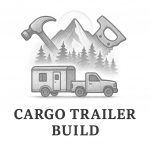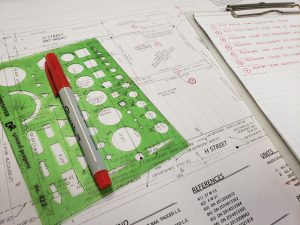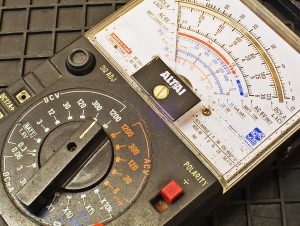On paper, solar setups look simple: panels in, batteries out, happy camper. But real-world conditions rarely match those ideal spec sheets. Sun angles shift with the seasons, heat and cold beat up your batteries, and dust, rain, or even a good gravel-road rattle will stress your gear. If you want a system that lasts, you’ve got to build with the environment in mind.
Sun Angles & Seasonal Shifts
Solar panels are rated under “perfect” conditions—sun directly overhead, no clouds, 77°F, and unicorns grazing nearby. In real life:
-
Summer vs. Winter: In summer, the sun is higher in the sky, and flat-mounted roof panels work decently well. In winter, the sun’s low, and flat panels lose efficiency fast. Tilting panels can boost output by 20–40% in the colder months.
-
Geography: Five hours of “peak sun” in Arizona is not the same as three hours in the Pacific Northwest. Build your array size based on your worst-case camping zone, not your best-case.
-
Portable Panels: These shine (pun intended) when angles are less favorable—you can tilt and track the sun without moving your whole camper.
Temperature Extremes & Battery Health
Batteries hate extremes. Heat and cold affect both performance and lifespan.
-
Heat: High temps accelerate chemical breakdown, shortening battery life. A lithium pack baking in a 120°F trailer is going to age fast.
-
Cold: Lead-acid batteries lose capacity in the cold; lithium goes one step further—it can’t charge below freezing without special heaters or a built-in low-temp cutoff.
-
Solutions:
-
Keep batteries in insulated or climate-moderated compartments.
-
Use lithium models with built-in heaters if you camp in freezing temps.
-
Provide airflow around batteries and inverters to prevent hot spots.
-
Ventilation & Cooling
Your inverter, charge controller, and even some all-in-one units generate heat under load. Cram them in a sealed cabinet, and you’re basically running a toaster oven.
-
Provide at least a few inches of clearance around high-power electronics.
-
Use vent grills or even small fans for compartments housing inverters.
-
Don’t block cooling fans with gear—airflow paths matter.
Moisture & Dust Protection
Trailers and campers are mobile, which means they see dust, rain, and sometimes the occasional coffee spill. Electrical gear doesn’t love any of it.
-
Dust: Fine dust can creep into fans and coat circuits, reducing cooling. Blow out gear occasionally with compressed air.
-
Water: Roof penetrations for panel wiring are leak risks. Always seal with butyl tape and lap sealant. For gear inside, avoid mounting under plumbing or in areas prone to condensation.
-
Ingress Ratings: If you camp in extreme conditions, consider gear rated with higher IP (Ingress Protection) ratings—IP65+ means better sealing against dust and water.
Shock & Vibration
Road life isn’t gentle. Every pothole, gravel road, or railroad crossing shakes your system like a paint mixer.
-
Secure batteries with straps or brackets. A 70 lb. lithium brick sliding across the floor is a bad day.
-
Use locking connectors (MC4, Anderson) so cables don’t wiggle loose.
-
Add strain relief where cables enter boxes or devices—vibration is the enemy of crimp connections.
Environmental Longevity Hacks
-
Clean Panels Regularly: Dust, pollen, and bird art projects can reduce output by 10–20%. A quick wipe makes a big difference.
-
Plan Shading: Air conditioners, roof racks, or even vents can cast shadows that kill output. Shade on 10% of a panel can drop production across the whole string.
-
Think Storage: If you park your camper for months, disconnect or trickle-charge batteries and cover panels if they’ll sit under debris.
Wrapping It Up
A solar system isn’t installed in a lab—it’s bolted to a rolling box exposed to heat, cold, dust, water, and road shock. Design with those realities in mind, and your system will quietly deliver power year after year. Ignore them, and you’ll be the one explaining to friends why your “bulletproof off-grid setup” died halfway through a weekend trip.
Your Turn
-
Do you camp more often in hot deserts, freezing mountains, or somewhere in between?
-
Have you ever had a solar panel’s output tank because of dust or shading?
-
Where do you prefer to mount batteries—in a climate-controlled interior, or in an exterior box?
-
Do you think tilt mounts are worth the hassle, or is flat good enough?
-
What’s the worst environmental challenge your rig has faced—heat, cold, dust, or rain?






